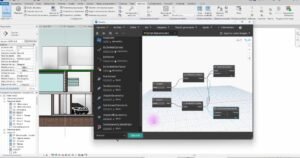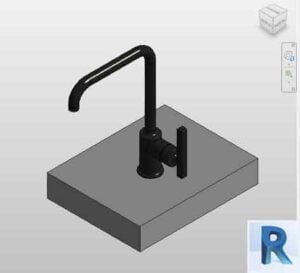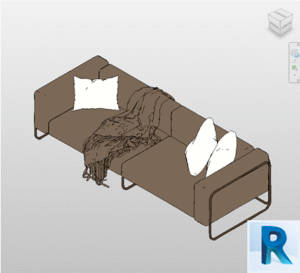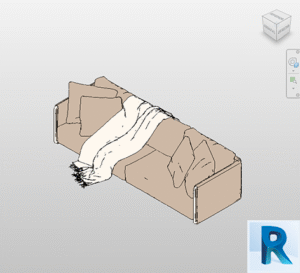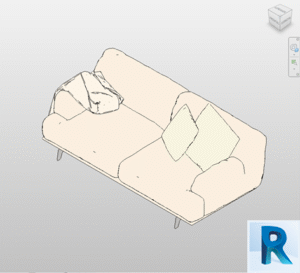Passivhaus certification isn’t just another building standard; it represents a shift towards smarter, more energy-efficient buildings that prioritize both sustainability and comfort. Managed by the Passive House Institute (PHI), this certification assures that a building meets stringent criteria in energy use, air quality, and overall performance. But what does it take to achieve this certification, and why does it matter for architects, engineers, and builders?
What Is Passivhaus Certification?
At its core, Passivhaus certification is a rigorous quality assurance process that ensures a building meets high standards of energy efficiency, sustainability, and comfort. To qualify, buildings must undergo an exhaustive external audit by trained professionals, focusing on key performance areas like insulation, air tightness, and energy use.
Passivhaus-certified buildings are designed to minimize energy consumption. To achieve certification, the building must limit its total annual energy demand to no more than 15 kWh/m², with thermal insulation levels (U-values) not exceeding 0.15 W/m²K. Internal temperatures must remain consistently between 20°C and 25°C, all without the need for conventional heating or cooling systems.
Why Passivhaus Matters: Goals and Definition
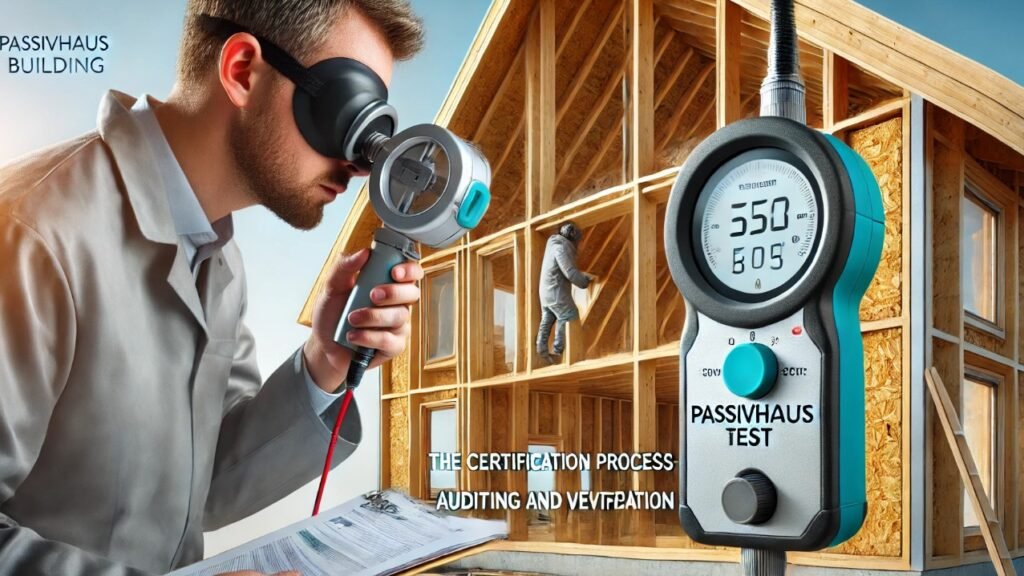
The Passivhaus standard is about more than just energy efficiency. It’s designed to promote healthier, more comfortable living environments through the use of sustainable materials and advanced building systems. Buildings that meet Passivhaus criteria typically have lower operating costs, produce fewer greenhouse gas emissions, and provide superior indoor air quality.
One of the standard’s core objectives is to dramatically reduce energy consumption, aligning with global efforts to lower carbon footprints and address climate change. Additionally, Passivhaus emphasizes the use of high-performance windows, advanced ventilation systems, and airtight building envelopes to ensure consistent temperatures and fresh air circulation inside the building. This leads to comfortable living and working environments with minimal energy input.
Benefits of Passivhaus Certification
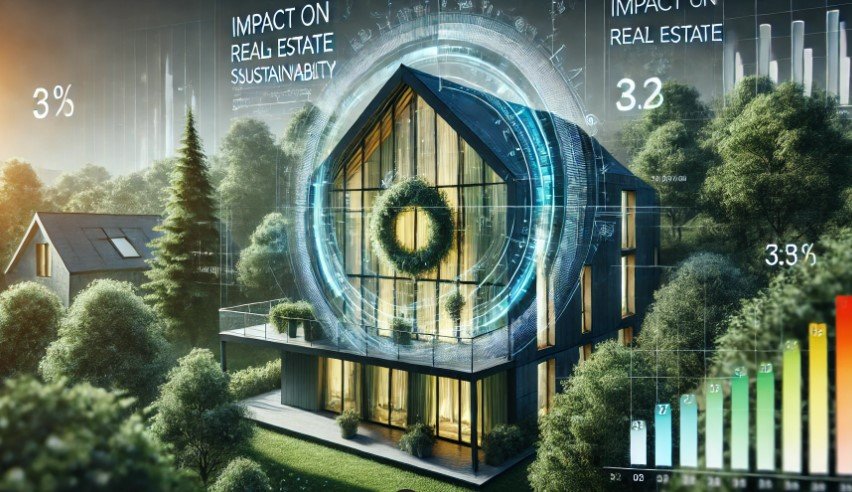
For professionals in the construction and real estate sectors, obtaining Passivhaus certification can serve as a powerful differentiator. It signals expertise in sustainable design and energy-efficient building practices, which are increasingly in demand. As a result, architects, engineers, and contractors with this certification are more likely to attract clients interested in high-performance, eco-friendly buildings.
The certification also boosts a building’s market value. Properties that are Passivhaus-certified tend to stand out, appealing to environmentally conscious buyers or investors seeking long-term cost savings from reduced energy bills. For developers, Passivhaus can be a key selling point, especially as the global market for green buildings continues to grow.
Steps to Achieving Certification
To become a Certified Passive House Designer, professionals must either pass the PHI’s design exam or provide documentation of a certified Passive House project they have overseen. This includes demonstrating expertise in the PHPP software, which is used to model and calculate a building’s energy performance. Mastering this process ensures that designers can apply Passivhaus principles across a variety of projects.
For builders, achieving Certified Passive House Tradesperson status requires hands-on experience in constructing Passivhaus projects. This certification verifies that they can execute designs to meet the stringent energy performance criteria, guaranteeing that the building meets the Passivhaus standard.
The Certification Process: Auditing and Verification
The journey to Passivhaus certification involves a thorough, multi-phase audit. The audit ensures that every aspect of the building meets PHI standards, from initial design to final construction. The first phase involves a review of the building’s plans to verify compliance with Passivhaus principles. In the second phase, a detailed site inspection is conducted, checking everything from insulation performance to airtightness.
These audits aren’t just about meeting numbers; they’re about ensuring that the building will perform as designed over its entire lifespan. Energy savings, comfort, and sustainability are all critical aspects of the audit. This rigorous process guarantees that Passivhaus-certified buildings maintain high performance standards, even as they age.
Benefits for Architects, Engineers, and Builders
For industry professionals, Passivhaus certification is more than a credential—it’s a gateway to new opportunities. Architects and engineers who specialize in Passivhaus can offer clients innovative solutions that meet the growing demand for energy-efficient buildings. Likewise, contractors with Passivhaus expertise can distinguish themselves in a competitive market by demonstrating their ability to deliver cutting-edge construction methods.
Moreover, certification opens doors to international projects, as Passivhaus is recognized worldwide. By becoming certified, professionals can collaborate on projects that adhere to global sustainability standards, making them more competitive in the construction landscape.
Impact on Real Estate and Sustainability
Buildings that achieve Passivhaus certification often see a significant uptick in their market value. This is due to their superior energy performance, lower operational costs, and increased comfort. For property developers, this certification serves as a valuable asset, making their projects more attractive to investors and potential buyers who prioritize sustainability and long-term efficiency.
From a sustainability perspective, Passivhaus buildings consume up to 90% less energy than traditional buildings, which translates into a massive reduction in carbon emissions. These buildings are also designed with long-term durability in mind, minimizing waste and the need for energy-intensive repairs or upgrades.
Passivhaus and the Future of Construction
As climate change and resource conservation become top priorities globally, the Passivhaus standard is set to play an even larger role in the construction industry. Governments and organizations are increasingly incentivizing sustainable building practices, and Passivhaus-certified professionals are well-positioned to lead these efforts.
This shift towards sustainability is not just a trend—it’s a necessity. By embracing Passivhaus principles, architects, engineers, and builders can contribute to a future where energy-efficient, comfortable, and environmentally friendly buildings are the norm.
Free Revit families now on Bimshares.com

